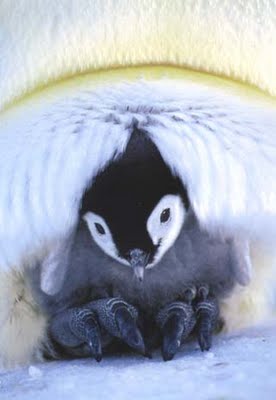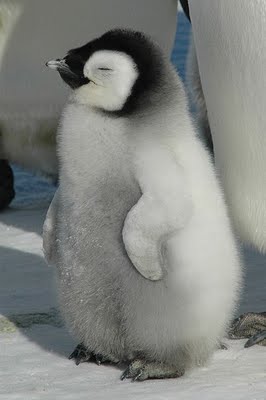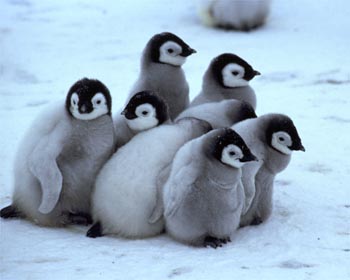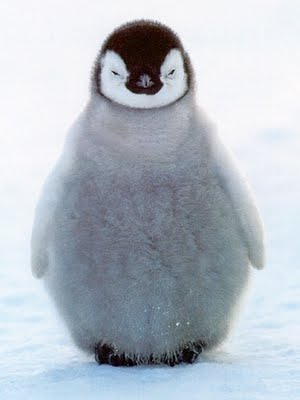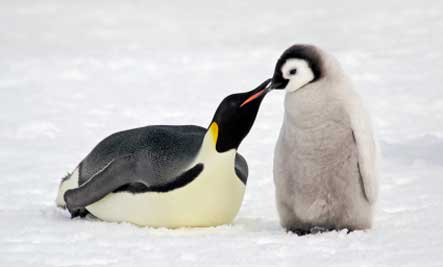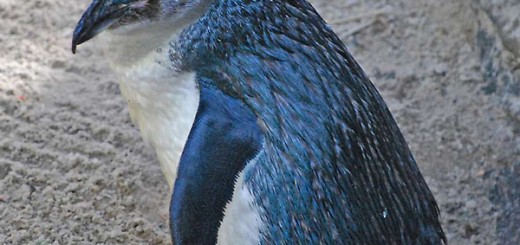Penguins: The Flightless Bird
Penguins are unique aquatic birds that have flippers for swimming rather than wings for flying. Most penguin species live around Antarctica, but the Galapagos Penguin prefers the milder climate on Ecuador’s Galapagos Islands. Baby penguins are breed and raised by both of their parents who live in groups called colonies. The parents build nests by scooping out areas of the ground and lining the hole with small stones which help keep the eggs dry and warm. The parents take turns caring for the eggs; one stays behind keeping the eggs warm and safe from predators while the other parent heads out to sea to forage krill, tiny shrimplike animals, fish and squid. When the eggs hatch the parents continue to take turns caring for the babies by protecting them in their warm, loose fold of skin called the brood patch, or incubation patch. After three weeks the parents leave to forage for food while their chicks join a large group of other baby penguins, called crèches. By the time baby penguins are about nine weeks old, they have prepared to head to sea to start hunting for their own food by shedding their soft baby feathers and replacing them with waterproof adult feathers. Penguins grow to be about 27.5 inches (69.9 centimeters) tall and weigh from 8.5 to 12 pounds (3.9 to 5.4 kilograms) and can live to be up to 20 years old.


